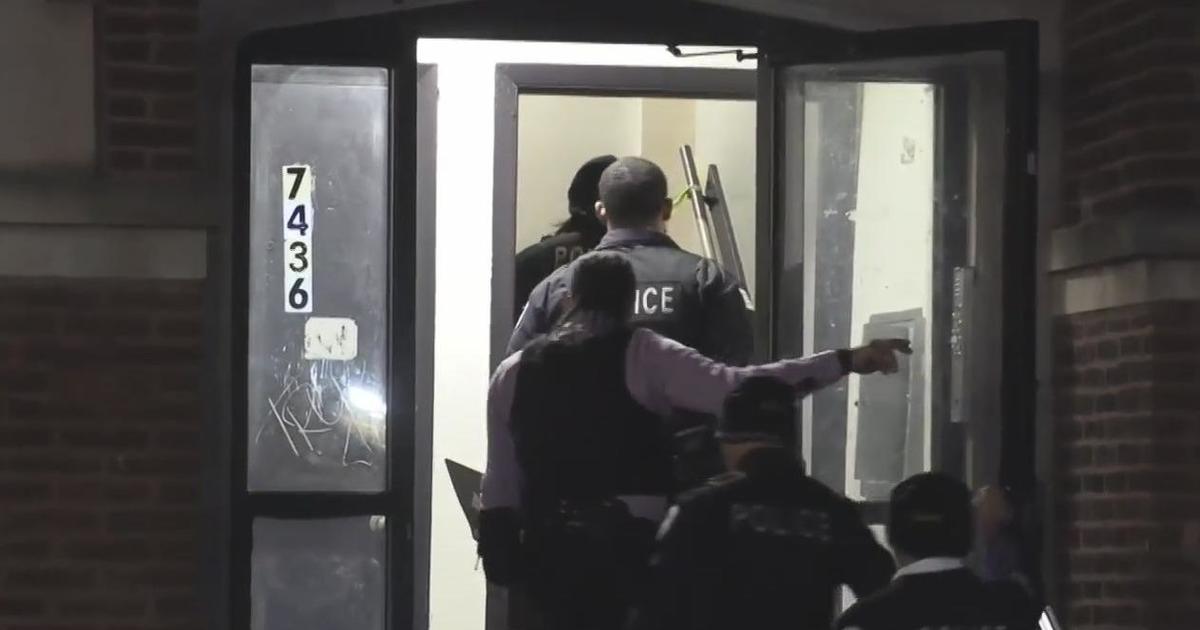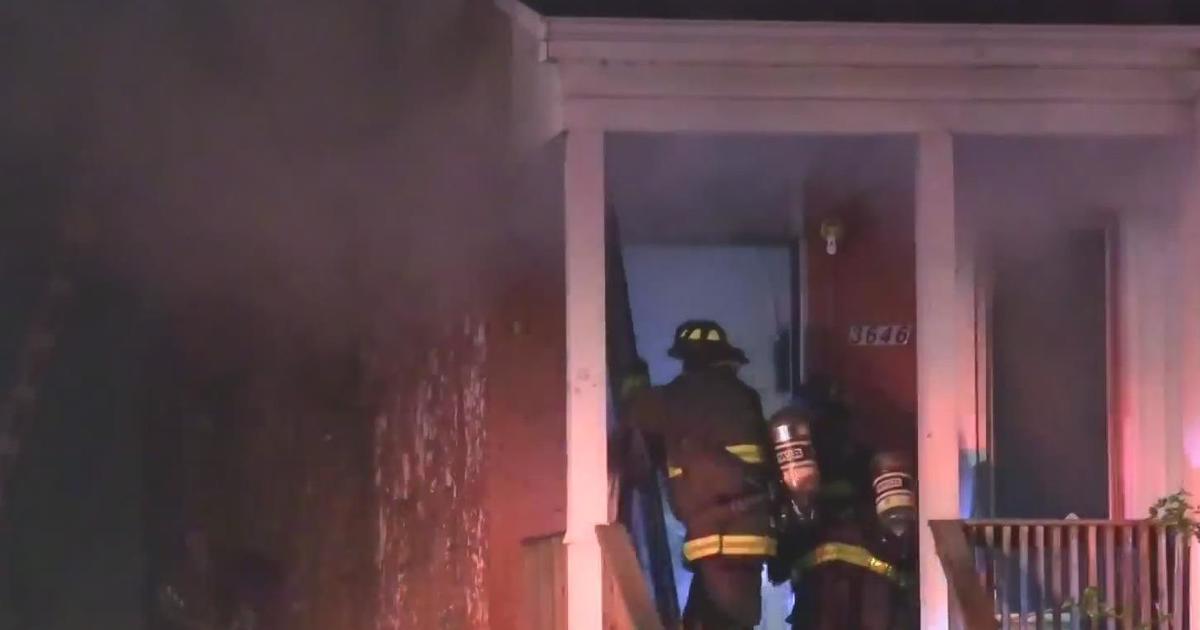What could have caused Damar Hamlin's cardiac arrest on field? Doctors weigh in
CHICAGO (CBS) -- Buffalo Bills safety Damar Hamlin remained in critical condition Tuesday after collapsing on the field during a game the night before in Cincinnati.
He remained in the intensive care unit at the University of Cincinnati Medical Center Tuesday evening.
CBS 2's Tara Molina spoke Tuesday to top physicians in Chicago about what we saw on the field Monday night.
The game was in the final moments of the first quarter when the 24-year-old Hamlin tackled Cincinnati Bengals receiver Tee Higgins. A correspondent for ESPN, which was broadcasting the game, said Hamlin "made a hit, he got up, took a couple of steps and then just fell to the ground."
Medical personnel treated Hamlin on the field for about 10 minutes, including appearing to administer CPR, before an ambulance was driven onto the field, the announcers said. It appeared Hamlin was being given oxygen as he was loaded into the ambulance. The rest of the game was later called off for the night.
The Bills reported overnight that Hamlin suffered a cardiac arrest after taking the hit on the field. There have been a number of possible causes thrown out since.
Doctors who spoke to Molina went into detail on the conjecture, but said it will probably be a while until we know exactly what happened.
Hamlin's family spoke out through a statement released Tuesday: "Your generosity and compassion mean the world to us. Please keep Damar in your prayers. We will release updates as soon as we have them."
Meanwhile, the speculation persists on what led up to Hamlin suffering cardiac arrest – saying it could have been something called commotio cordis, a disruption of the heart's rhythm.
Dr. Robert Bonow, a cardiologist at the Bluhm Cardiovascular Institute of Northwestern Medicine, explained more specifically what a commotio cordis is – and how it could be associated with a hit like Hamlin had just taken.
"The timing, and the direction, and the position of the trauma is set just right that it can disrupt the cardiac rhythm," said Bonow.
Bonow also explained how rarely a commotio cordis is reported.
"There's somewhere between 500 to 1,000 cases that have been reported overall, and so it's in the ballpark of 20 to 30 cases every year," he said.
Bonow said a commotio cordis often occurs in "young individuals hit in the chest where the trauma can be more pronounced."
Bonow added, "It's conceivable there could be other causes here."
"The other possibility in any athlete where there's a sudden cardiac event is an underlying cardiac condition that's been previously undiagnosed and the stress of the moment could lead to a cardiac rhythm problem, unrelated to the trauma itself," he said.
He said the prompt response and return to normal heart rhythm for Hamlin was "very, very promising."
Dr. Sean Swearingen, a cardiologist specializing in sports medicine with Rush University Medical Group, also explained there are other causes besides a commotio cordis associated with trauma.
"It could be just as likely that he just happened to have a cardiac event related to something else," he said.
Swearingen explained that with the focus now on Hamlin's physical recovery, it could be a while before doctors can run the extensive number of tests it would require to determine what happened.
"Until that testing is completed, it's nothing that could be remotely definitive," Swearingen said
Both experts told us any possible cause being thrown out there right now is just that – a possibility. And Swearingen said there are concerns beyond the state of Hamlin's heart.
"The problem, or the major challenge right now is his neurologic status – because unfortunately, within minutes of the brain not getting oxygen, there starts to become permanent brain damage," Swearingen said.
Swearingen said an extensive battery of tests is in Hamlin's future.
"He would need to undergo extensive testing once he recovers from a heart standpoint. He would need to get and presumably has had several EKGs done, which is a basic tracing of the heart, he would need to get a heart ultrasound done – I assume that's been done already," Swearingen said. "But he would also need more advanced testing. Something called a cardiac MRI, a cardiac CT scan, and eventual stress testing to rule out other possibilities of a cause for this."
Both doctors also reinforced the importance of quick reaction – in this case, the use of a defibrillator and continuous CPR. Swearingen said more training for medical emergencies needs to be taught more broadly in the world of sports.
"Across professional, college and high school level sports there needs to be a clear emergency action plan for all individuals – not just the trainers and the coaches knowing how to do CPR, but the players as well," he said. "They should undergo formal training for that in the chance that one of their teammates collapses on the court, it's very likely they're the individual that's closest to them and would be able to treat them most efficiently."
Bonow and Swearingen said they are thinking of Hamlin and his family – as Hamlin remains in critical condition with a tough road ahead.




